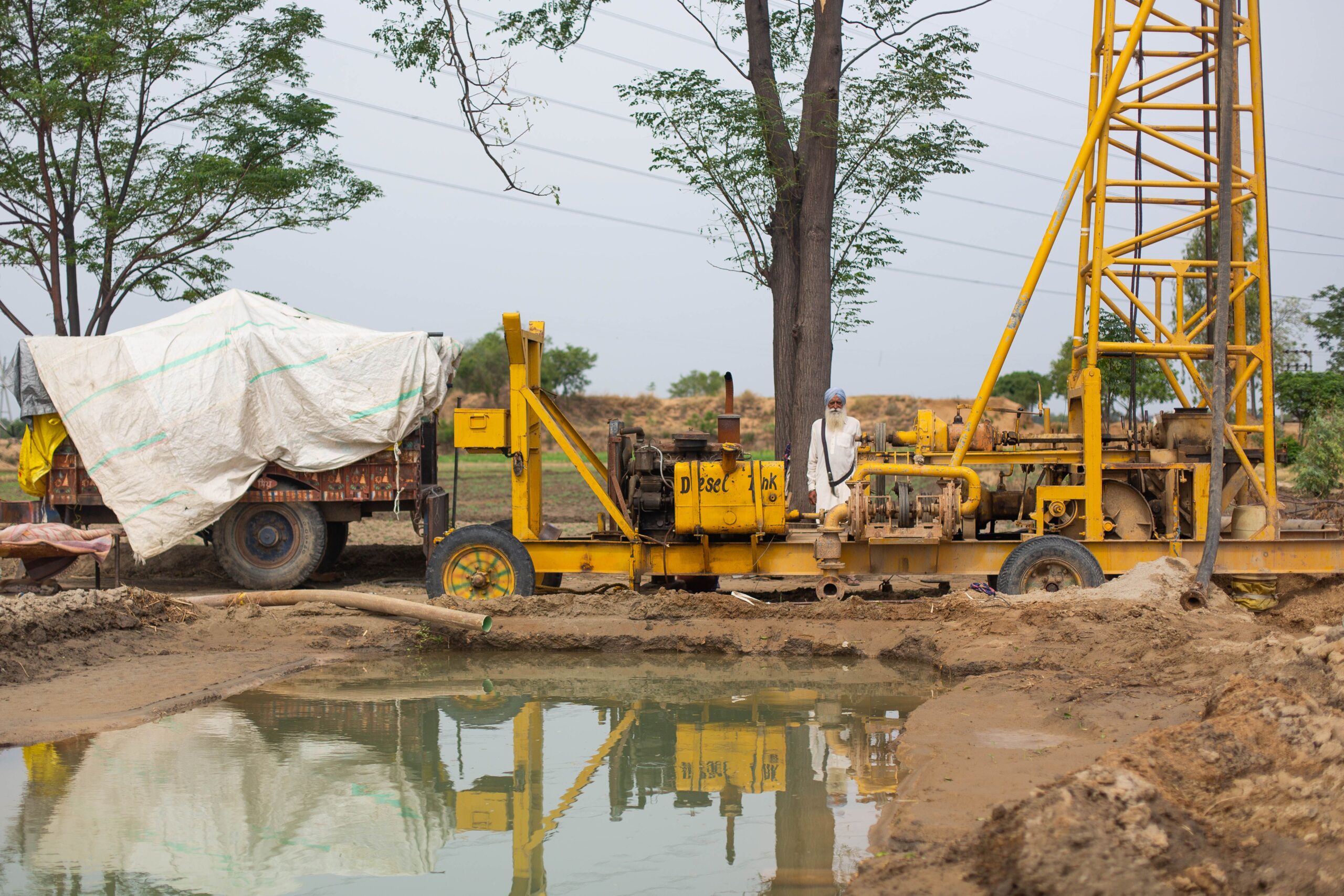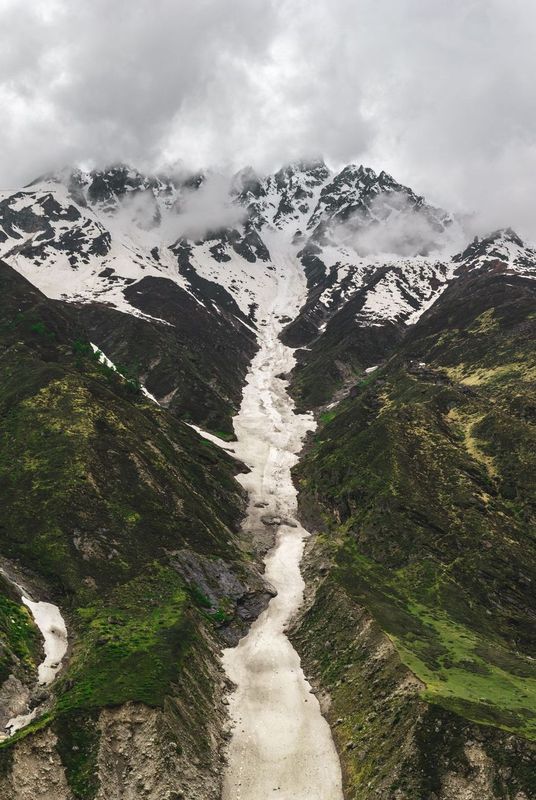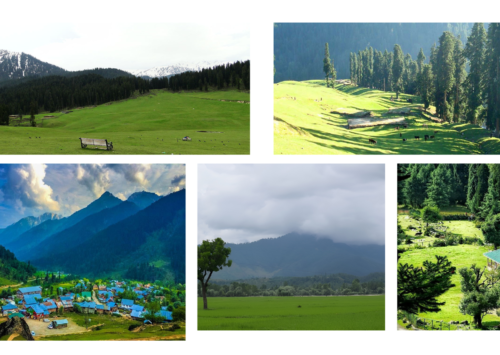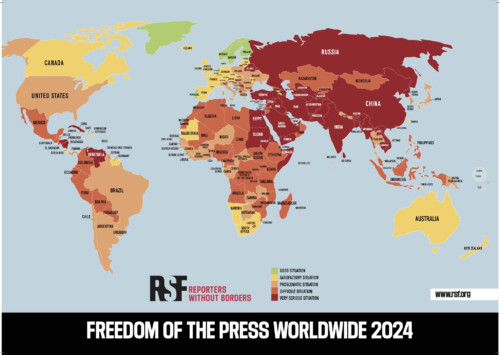Interconnected Disaster Risk Report cautions of dramatic changes
A new report, released by the United Nations University, released today finds that the world is enroute to facing many drastic changes if risks to our fundamental socioecological systems are not addressed.
The Interconnected Disaster Risks Report 2023 published by the United Nations University–Institute for Environment and Human Security (UNU-EHS) has warned of six risk tipping points ahead for the whole world. These include accelerating extinctions, groundwater depletion, mountain glaciers melting, space debris, unbearable heat and uninsurable future.
Groundwater depletion
One of the risk tipping points that the report warns of is groundwater depletion. It says that underground water reservoirs or aquifers are an essential freshwater resource around the world, and they supply drinking water to over 2 billion people. The UNU-EHS report says that about 70 pc of groundwater withdrawals are used for agriculture, oftentimes when there is not sufficient water from above-ground sources available.
Today, aquifers help to mitigate half of the losses in agriculture caused by drought, a phenomenon which is only expected to increase in the future due to climate change. But the report warns that now it is the aquifers themselves that are approaching a tipping point.
More than half of the world’s major aquifers are being depleted faster than they can be naturally replenished. If the water table falls below a level that existing wells can access, farmers can suddenly find themselves without the ability to access water, which puts entire food production systems at risk of failure. Some countries, such as Saudi Arabia, have already surpassed this groundwater risk tipping point, others, like India, are not far from it.
“As we indiscriminately extract our water resources, damage nature and biodiversity, and pollute both Earth and space, we are moving dangerously close to the brink of multiple risk tipping points that could destroy the very systems that our life depends on. Additionally, we also lose some of our tools and options to deal with future disaster risk,” says Zita Sebesvari, Lead Author of the Interconnected Disaster Risks Report and Deputy Director of UNU-EHS.
The report warns that when the systems all around the world and closely connected to humans, such as ecosystems, food systems and water systems, deteriorate, it is typically not a simple and predictable process.
Melting mountain glaciers
Closely linked to groundwater depletion is the melting of mountain glaciers and the report cautions that due to global warming, the world’s glaciers are now melting twice as fast than they did in the past two decades. Between 2000 and 2019, glaciers lost 267 gigatonnes of ice per year.
It says that peak water has been reached or is expected to occur within the next 10 years for many small glaciers in Central Europe, Western Canada and South America. In the Andes, where peak water has already passed for many glaciers, communities are grappling with unreliable water sources for drinking and irrigation. For example, Peru’s Quelccaya glacier, once the world’s largest tropical ice cap, has shrunk by 31 pc in the last 30 years contributing to periodic dry season water scarcity and widespread impacts. Well over 90,000 glaciers of the Himalayas, Karakorum and Hindu Kush mountains are currently at risk of reaching the tipping point, threatening the nearly 870 million people that rely on them.
South Asia & Middle East prone to extreme heat
 Another factor which has immense bearing on both the phenomenon, melting glaciers and groundwater depletion and usage human-induced climate change is causing a global rise in temperatures, leading to more frequent and intense heatwaves, and this is only expected to become more severe. Extreme heat was responsible for an average of 500,000 excess deaths annually in the last two decades, disproportionally affecting those who are particularly vulnerable due to their age, health conditions or profession.
Another factor which has immense bearing on both the phenomenon, melting glaciers and groundwater depletion and usage human-induced climate change is causing a global rise in temperatures, leading to more frequent and intense heatwaves, and this is only expected to become more severe. Extreme heat was responsible for an average of 500,000 excess deaths annually in the last two decades, disproportionally affecting those who are particularly vulnerable due to their age, health conditions or profession.
There are weather stations in the world that have already recorded temperatures beyond the tipping point for what a human body can survive in. If this threshold is crossed for more than six hours, even a young and healthy body will suffer extreme consequences.
The tipping point in this context is a so-called “wet-bulb temperature” above 35°C. A wet-bulb temperature is a measurement which combines temperature and humidity, relevant because high humidity worsens the effects of heat as it hinders the evaporation of sweat, which is needed to maintain a stable core body temperature and avoid organ failure and brain damage. Wet-bulb temperatures have crossed this critical threshold in at least two weather stations, one in the Persian Gulf and one in the Indus River Basin.
Research indicates that by 2070, parts of South Asia and the Middle East will regularly surpass this threshold. By 2100 more than 70 pc of the global population may be exposed to deadly climate conditions for at least 20 days per year.
Rising insurance premiums
The “Interconnected Disaster Risk report” says that since the 1970s, damages as a result of weather-related disasters have increased sevenfold, with 2022 alone seeing USD 313 billion in global economic losses and severe disasters forecast to double globally by 2040. Additionally, the number and size of at-risk areas are predicted to expand as climate change shifts the range of hazards like wildfires and storms into new areas.
These changes also affect the insurance industry. Where extreme weather events increasingly wreak havoc, insurance premiums have climbed as much as 57 pc since 2015, and some insurance companies in at-risk areas have decided to limit the amount or type of damages they can cover, cancel policies or leave the market altogether. For instance, it is predicted that more than half a million Australian homes will be uninsurable by 2030, primarily due to increasing flood risk.
The risk tipping point in this context is reached when insurance becomes unavailable or unaffordable, leaving people without an economic safety net when disasters strike, which opens the door to increasing socioeconomic consequences, particularly when it is the most vulnerable parts of the population that cannot afford to move to safer areas.
Space Debris
As per the “Interconnected Disaster Risk Report” , the sixth threat where the world is reaching the tipping point is the rising amount of space debris, which happens when satellites become defunct, they are left in the Earth’s orbit as space debris. Out of 34,260 objects tracked in orbit today, only around 25 pc are working satellites. The rest are junk, broken satellites or discarded rocket stages. Additionally, there are likely around 130 million pieces of debris too small to be tracked, measuring between 1 mm and 1 cm. Space debris travels at over 25,000 km per hour, and even the smallest debris can cause significant damage if it collides with something, creating even more debris. The risk tipping point in this context is the point at which the Earth’s orbit becomes so full of debris that one collision sets off a chain reaction of collisions. More than 100,000 new spacecraft could be launched into orbit by 2030, greatly increasing the risk of this tipping point.
“As we approach these tipping points, we will already begin to experience the impacts. Once, crossed it will be difficult to go back. Our report can help us see risks ahead of us, the causes behind them, and the urgent changes required to avoid them,” warns Jack O’Connor, Lead Author and Senior Expert at UNU-EHS.












